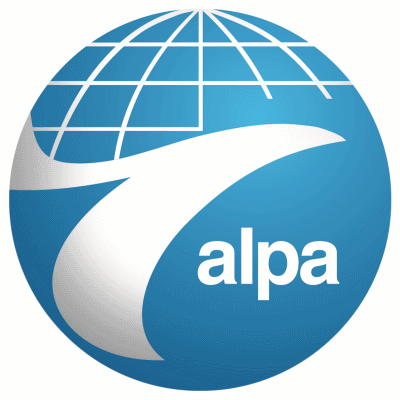Sun, May 15, 2022
Outlines Measures to Foster an Accessible, Diverse, and Inclusive Pilot Workforce
Testifying Friday before the Senate Commerce, Science, and Transportation’s Aviation Safety Subcommittee, the Air Line Pilots Association, Int’l (ALPA) outlined a plan to reduce the costs of becoming an airline pilot and create a more diverse and inclusive air transportation workforce while ensuring that the United States continues to stand as the unquestioned global leader in aviation safety.

“Thanks to the Payroll Support Program and its strong worker protections, the United States has enough pilots today to meet demand—in fact, more than 1.5 pilots for every job,” said First Officer Paul Ryder, secretary for ALPA’s United Airlines pilot group. “But today’s supply of pilots doesn’t mean that we don’t need to do all we can to build a strong pilot workforce for the future. ALPA has a plan to break down those barriers, create opportunity, and build a strong pipeline of qualified aviators, while protecting the high level of safety in the U.S. air transportation system. Some argue that we must lower standards to open the doors of opportunity—we flatly reject that.”
During the field hearing called by Sen. Kyrsten Sinema (D-AZ), ALPA reiterated steps needed to ensure that the nation’s pilot pipeline remains robust and is welcoming to all, particularly to those who have traditionally been underrepresented in the profession. To help aspiring aviators, ALPA is calling on the U.S. government to align federal funding for pilot academic education and training with that of other highly skilled professions.
ALPA asserts that the government:
- Must do more to provide federal financial assistance for academic instruction and flight training for students pursuing two- and four-year degrees.
- Should provide an opportunity for pilots to work for airlines that serve the public need in exchange for student loan forgiveness.
- Should also increase subsidized loans for flight training and ensure that unsubsidized loans do not accrue interest while students are in school.
“As the United States works to expand its pilot workforce, it must protect our industry’s extraordinary safety record. The success of first officer qualification requirements and pilot training that were developed by the regulator, airlines, and labor have helped make U.S. air transportation the safest in the world. Some suggest we must choose between safety and opportunity. That is a false choice,” added Ryder.
More News
Ultrahigh Frequency (UHF) The frequency band between 300 and 3,000 MHz. The bank of radio frequencies used for military air/ground voice communications. In some instances this may >[...]
During The 7 Second Descent, There Was Another TAWS Alert At Which Time The Engine Remained At Full Power On October 24, 2025 at 2115 mountain daylight time, a Cirrus SR22T, N740TS>[...]
From 2009 (YouTube Edition): Educational Organization Aims to Inspire by Sharing Tuskegee Story Founding leader Don Hinz summarized the Red Tail Project’s mission in simple, >[...]
“This feels like an important step since space travel for people with disabilities is still in its very early days... I’m so thankful and hope it inspires a change in m>[...]
Also: New Katanas, Kern County FD Training, IndiGo’s Botched Roster, MGen. Leavitt Named ERAU Dean The Australian Transportation Safety Bureau (ATSB) has wrapped up its inves>[...]
 ANN's Daily Aero-Term (12.19.25): Ultrahigh Frequency (UHF)
ANN's Daily Aero-Term (12.19.25): Ultrahigh Frequency (UHF) NTSB Prelim: Cirrus Design Corp SR22T
NTSB Prelim: Cirrus Design Corp SR22T Classic Aero-TV: The Red Tail Project--Carrying the Torch of the Tuskegee Airmen
Classic Aero-TV: The Red Tail Project--Carrying the Torch of the Tuskegee Airmen Aero-News: Quote of the Day (12.19.25)
Aero-News: Quote of the Day (12.19.25) Airborne 12.17.25: Skydiver Hooks Tail, Cooper Rotax Mount, NTSB v NDAA
Airborne 12.17.25: Skydiver Hooks Tail, Cooper Rotax Mount, NTSB v NDAA



